VR for art's sake: How virtual reality can change the world of culture
The HTC Vive is making waves in the world of fine art
Virtual reality isn't just science fiction any more. The concept of putting on a headset and being transported to a completely different setting has now become a reality, pioneered by products like the HTC Vive. However, since Vive's launch in 2016, it's often considered as a gadget for enjoyment of the gaming community only.
This simply isn't true, though. In actual fact, VR is being used in interesting and innovative ways in all kinds of industries, from education to healthcare. It's even being used to revolutionise the world of art. Artists are using the new possibilities opened up by VR tools to create breathtaking works of art that simply would not have been possible before, while curators and collections like the Tate Modern and the Royal Academy of Arts are using VR to change how people interact with and experience their collections.
Old institutions, new mediums
You may be slightly surprised to learn that two of Britain's oldest art collections are leading the vanguard of art exhibitors in adopting this new medium, but to them, it's a perfect way to bring artworks - and the artists behind them - to life in a new and exciting way. According to Hilary Knight, head of digital content for the Tate, the use of VR has been instrumental in giving gallery visitors an unprecedented insight into the creation of classic works of art.
The gallery's first foray into VR was an exhibition about Italian modernist Modigliani, in which visitors could don a HTC Vive headset and find themselves in the squalid Parisian studio in which Modigliani painted his final works. The gallery's normal methods of imparting information about a particular artist or painting consist mainly of plaques bearing text or audio guides, and while Knight said that they were great for delivering facts, they are less skilled with emotions.
"There is a limitation to what they can do in terms of conveying feeling, or helping to evoke feeling," she says. "And one of the most amazing things about the virtual reality experience we have at the moment is how people react to it emotionally."
"I think one of the really compelling things about the experience we have at the moment is that it offers people a connection on an emotional level rather than purely cerebral. One of our objectives going into this project was that we wanted this to do something that our usual interpretation techniques don't do."
However, the adoption of bleeding-edge technology like VR brings with it some challenges for organisations that have been operating for more than a hundred years. For Knight and her team, it involved changing how they think about a traditional exhibition. There's a challenge, she said, to incorporating new technology without making it feel too flashy, or undermining the integrity of the art itself.
"It certainly requires some different skillsets to a normal exhibition, and it requires all of us stretching the edges of our skillset slightly," she told us. "Our curators have worked very hard to understand the new technology; we've worked very hard to understand where it sits with their exhibition and their aims."
Fuelling VR arts
Not only can VR play a big role in helping art fans to experience art in new ways, it can also help bring art to new people. Victoria Chang, director of Vive Arts and Culture for HTC, highlighted one particular case involving the work of Japanese contemporary artist Yayoi Kusama, whose famous 'Infinity Mirror' works were on display at Washington's legendary Hirshhorn museum.
"One thing VR added to that exhibition is that by using Vive, the museum was able to provide this artistic experience to a different audience, which is the physically impaired audience who have to sit in wheelchairs, and therefore can't really access the actual mirror rooms within the museum," Chang said.
Allowing people to experience art with the help of VR is a key concern for HTC, Chang said. "If you head to Viveport, Vive's virtual reality app store, you can download much of the VR content that derives from our partnerships with the cultural institutions involved in the Vive Arts program. We want to continue to expand on our work in this space to make quality arts & culture VR content accessible to all Vive users, regardless of physical location.
However, the consumption of art is only part of the benefits that VR bring; devices like the HTC Vive also allow for art to be created in unique and unprecedented ways. This was demonstrated by HTC's partnership with the Royal Academy, which saw a number of 'Royal Academicians' - practising artists and members of the prestigious institution - create pieces using and incorporating virtual reality technology.
Once again, the democratising effect of VR can be felt in the creation of art too. One of the most popular apps for the HTC Vive is Google's Tilt Brush. Effectively a 3D canvas, this software allows users to create three-dimensional paintings, sculptures and artworks, and has sparked amazing creativity within its users, which can be seen first-hand via its in-built online gallery.
Art and artistic expression is frequently said to be one of the most important things for maintaining a person's quality of life, but it's sometimes easy to forget that for many people, this can sometime prove to be out of reach. While VR technology undoubtedly comes with constraints of its own, there is much it can do to help make art a real and vital part of many people's lives.
Get the ITPro daily newsletter
Sign up today and you will receive a free copy of our Future Focus 2025 report - the leading guidance on AI, cybersecurity and other IT challenges as per 700+ senior executives
Adam Shepherd has been a technology journalist since 2015, covering everything from cloud storage and security, to smartphones and servers. Over the course of his career, he’s seen the spread of 5G, the growing ubiquity of wireless devices, and the start of the connected revolution. He’s also been to more trade shows and technology conferences than he cares to count.
Adam is an avid follower of the latest hardware innovations, and he is never happier than when tinkering with complex network configurations, or exploring a new Linux distro. He was also previously a co-host on the ITPro Podcast, where he was often found ranting about his love of strange gadgets, his disdain for Windows Mobile, and everything in between.
You can find Adam tweeting about enterprise technology (or more often bad jokes) @AdamShepherUK.
-
 Women show more team spirit when it comes to cybersecurity, yet they're still missing out on opportunities
Women show more team spirit when it comes to cybersecurity, yet they're still missing out on opportunitiesNews While they're more likely to believe that responsibility should be shared, women are less likely to get the necessary training
By Emma Woollacott
-
 OpenAI's new GPT-4.1 models miss the mark on coding tasks
OpenAI's new GPT-4.1 models miss the mark on coding tasksNews OpenAI says its GPT-4.1 model family offers sizable improvements for coding, but tests show competitors still outperform it in key areas.
By Ross Kelly
-
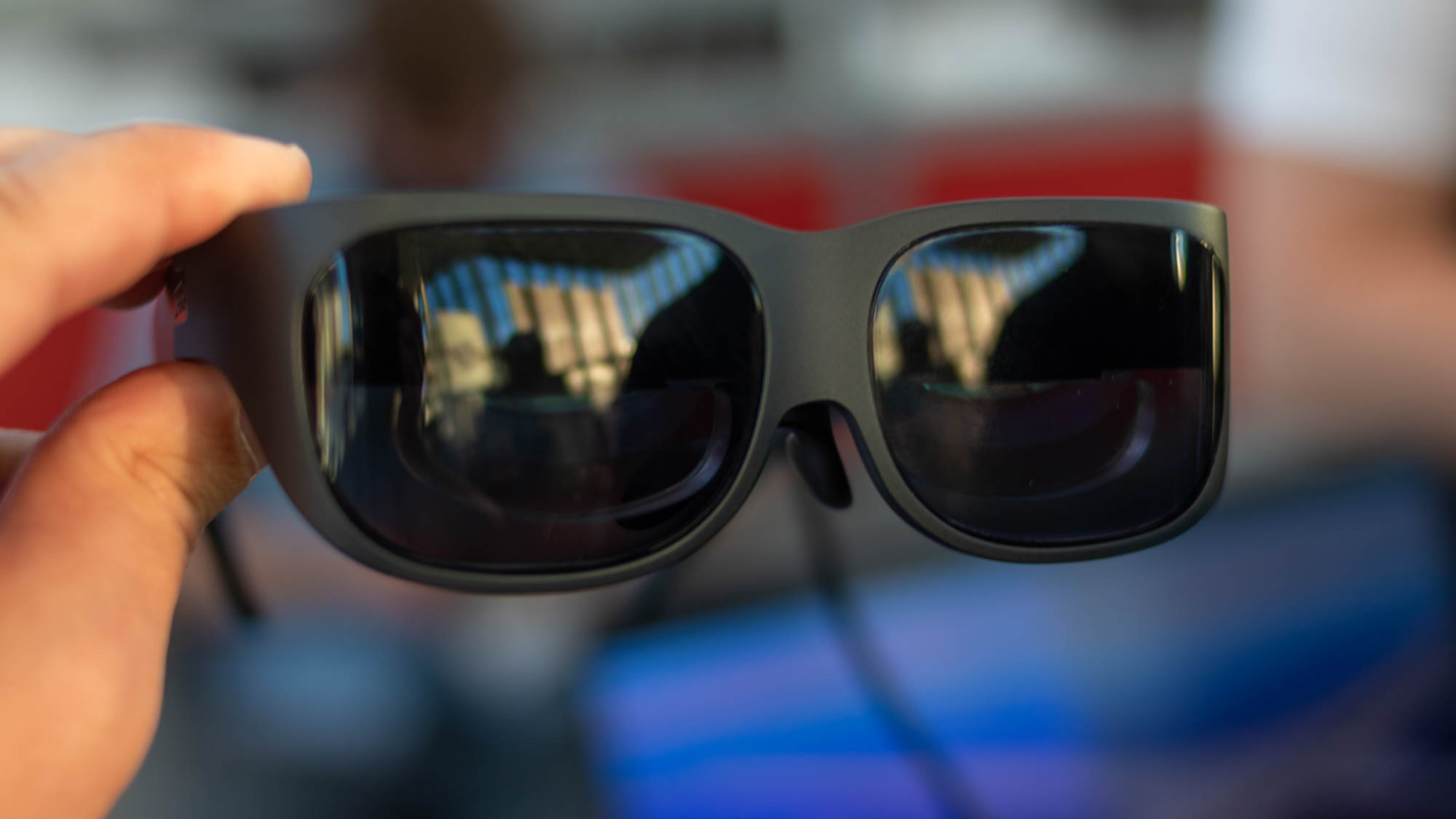 Has Lenovo found the ultimate business use case for smart glasses?
Has Lenovo found the ultimate business use case for smart glasses?Opinion Lenovo’s T1 smart glasses offer a virtual desktop that only you can see
By Bobby Hellard
-
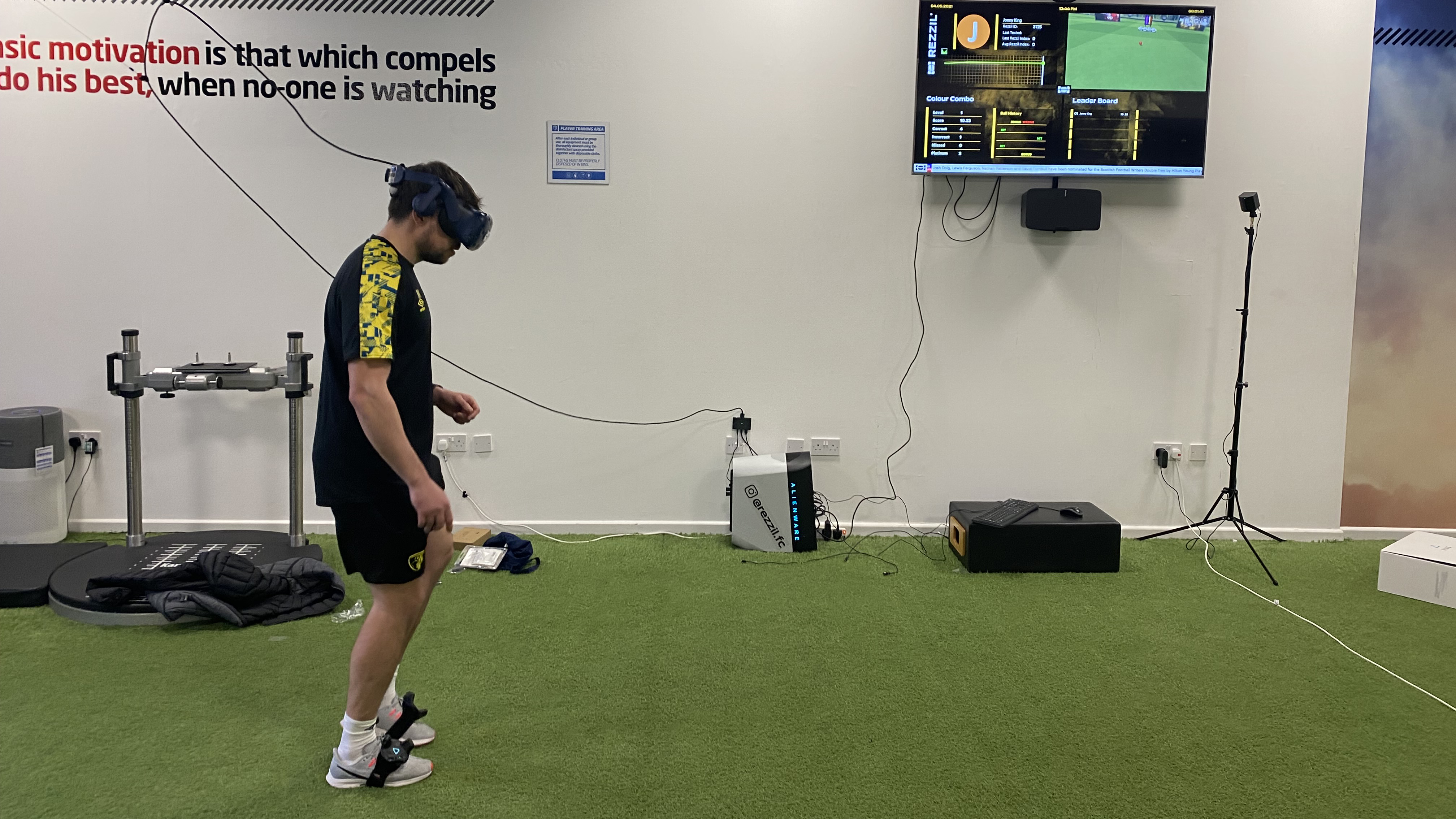 Virtual striker: Using VR to train Premier League stars
Virtual striker: Using VR to train Premier League starsCase Studies How one company is taking VR out of the boardroom and into the locker room
By Adam Shepherd
-
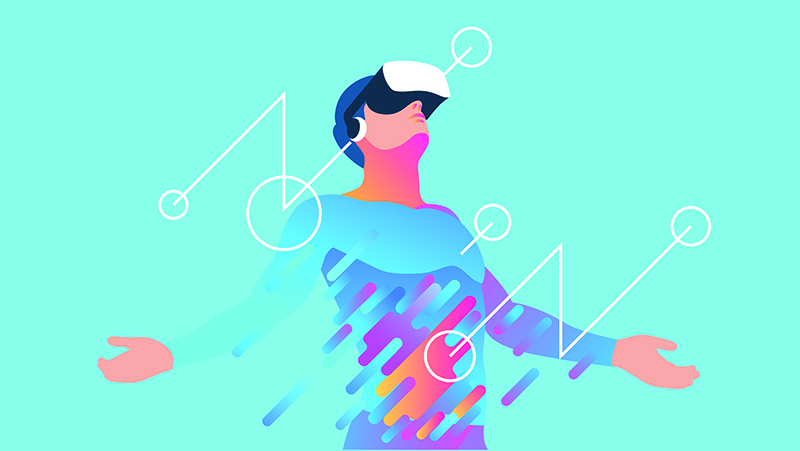 NeuPath and Cynergi will bring VR therapy to chronic pain management
NeuPath and Cynergi will bring VR therapy to chronic pain managementNews NeuPath will integrate Cynergi’s VR program with its remote pain management platform
By Praharsha Anand
-
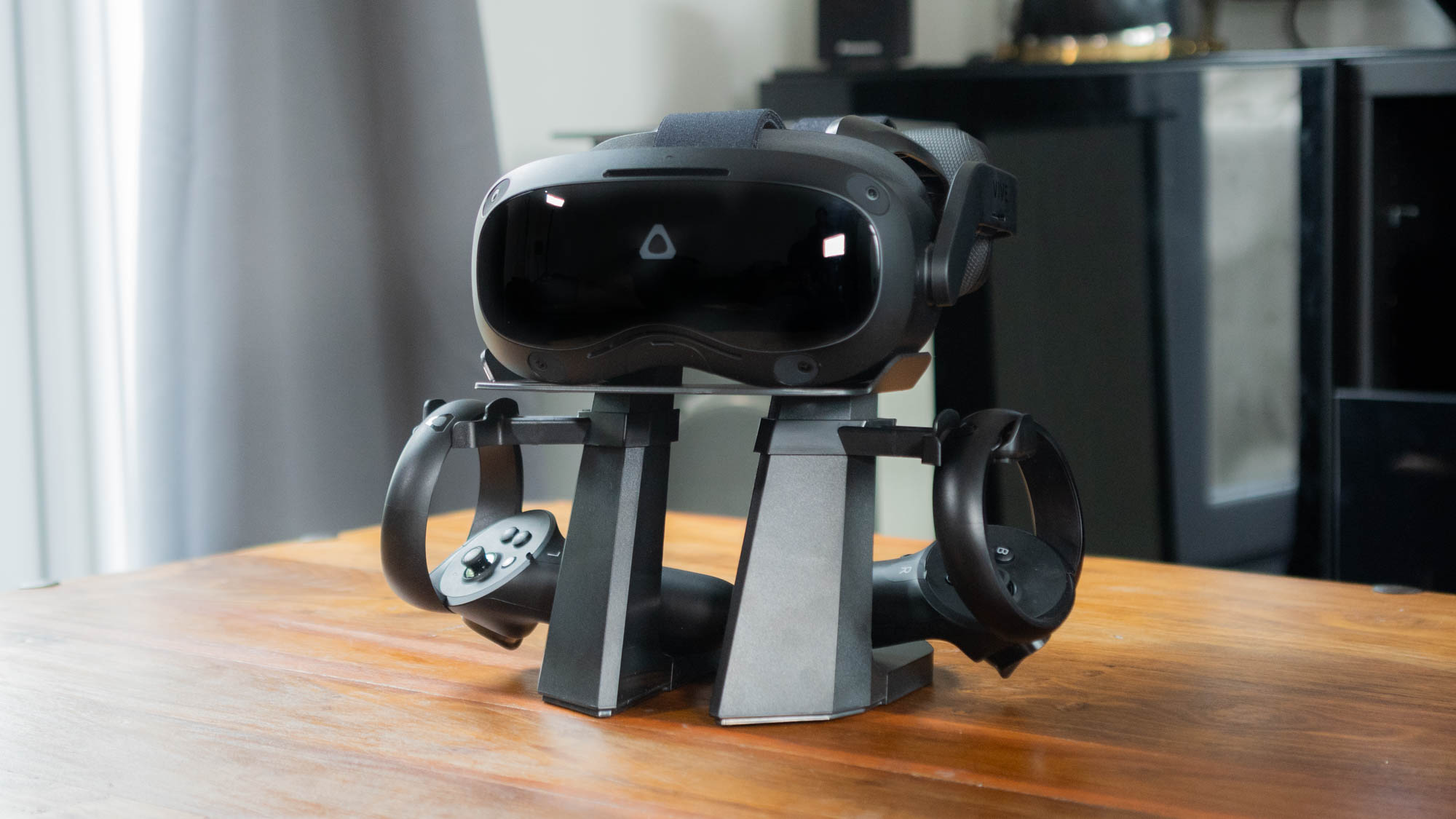
 HTC Vive Focus 3 review: The future of VR is here
HTC Vive Focus 3 review: The future of VR is hereReviews This smart and stylish headset is a leap forward for the technology
By Adam Shepherd
-
 The IT Pro Podcast: Can VR unite the hybrid workplace?
The IT Pro Podcast: Can VR unite the hybrid workplace?IT Pro Podcast How one company is using virtual reality to bring its staff together
By IT Pro
-
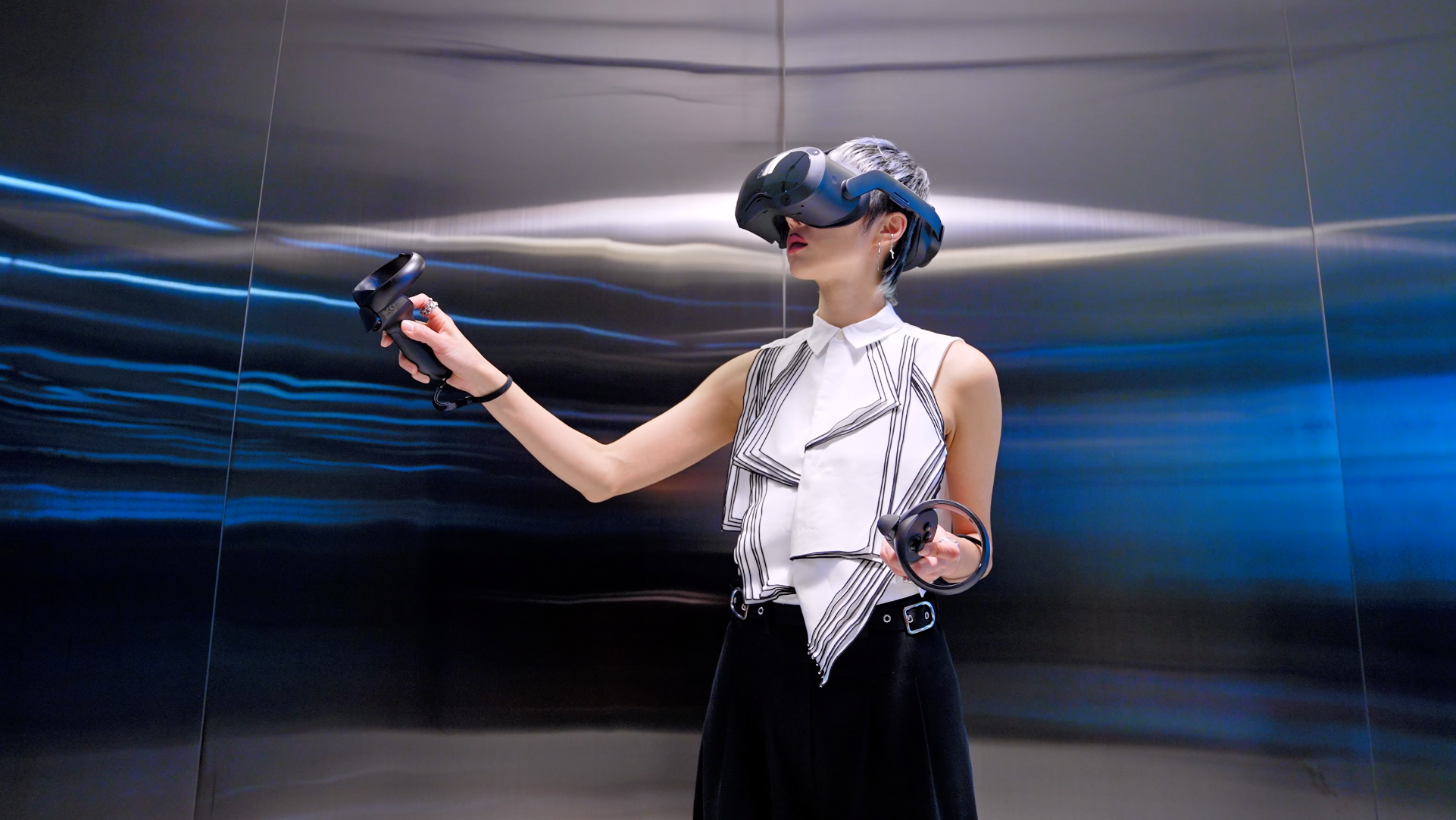 HTC launches new business-focused VR headsets
HTC launches new business-focused VR headsetsNews Vive Pro 2 and Vive Focus 3 include 5K resolution, larger field of view, and business management tools
By Adam Shepherd
-
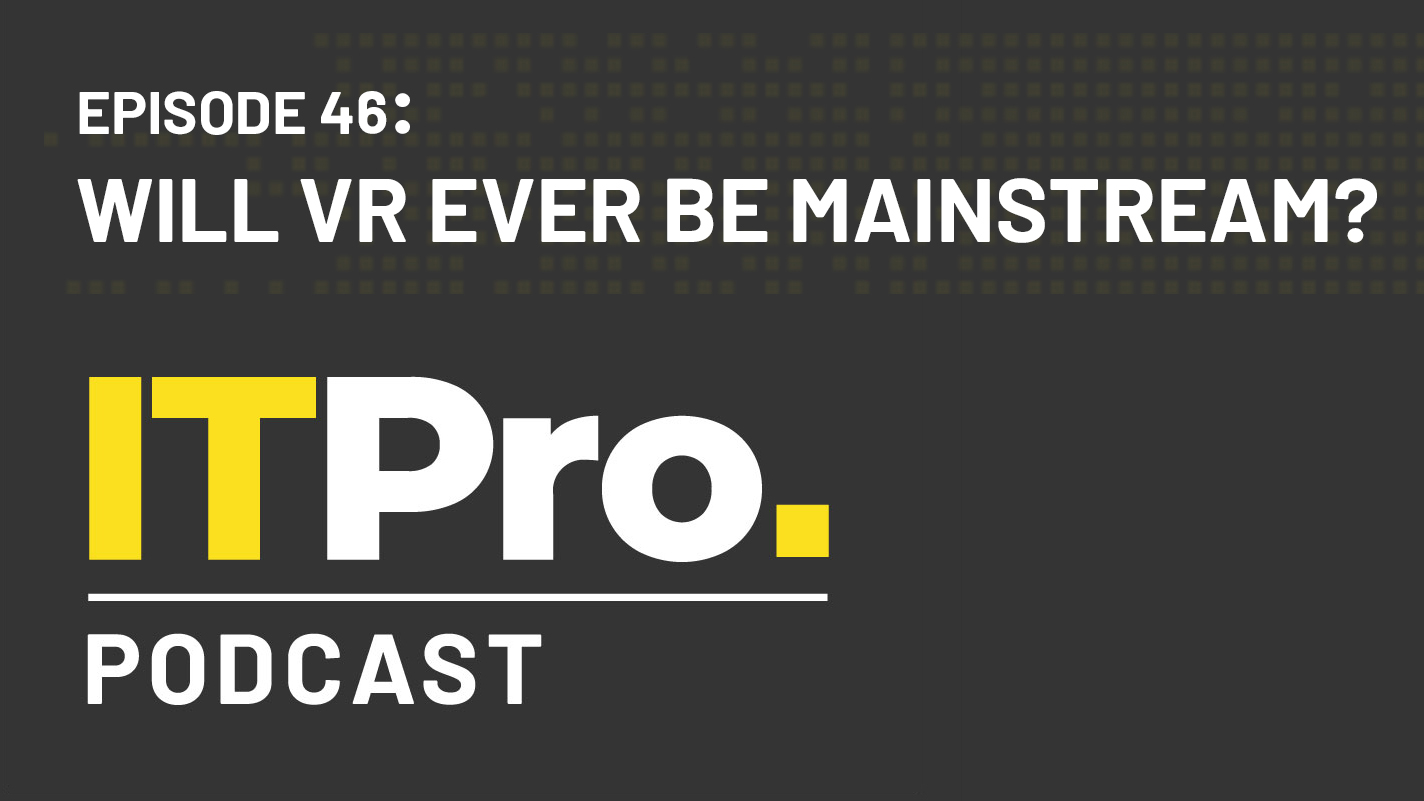 The IT Pro Podcast: Will VR ever be mainstream?
The IT Pro Podcast: Will VR ever be mainstream?IT Pro Podcast Despite years of development, VR is still a niche technology
By IT Pro
-
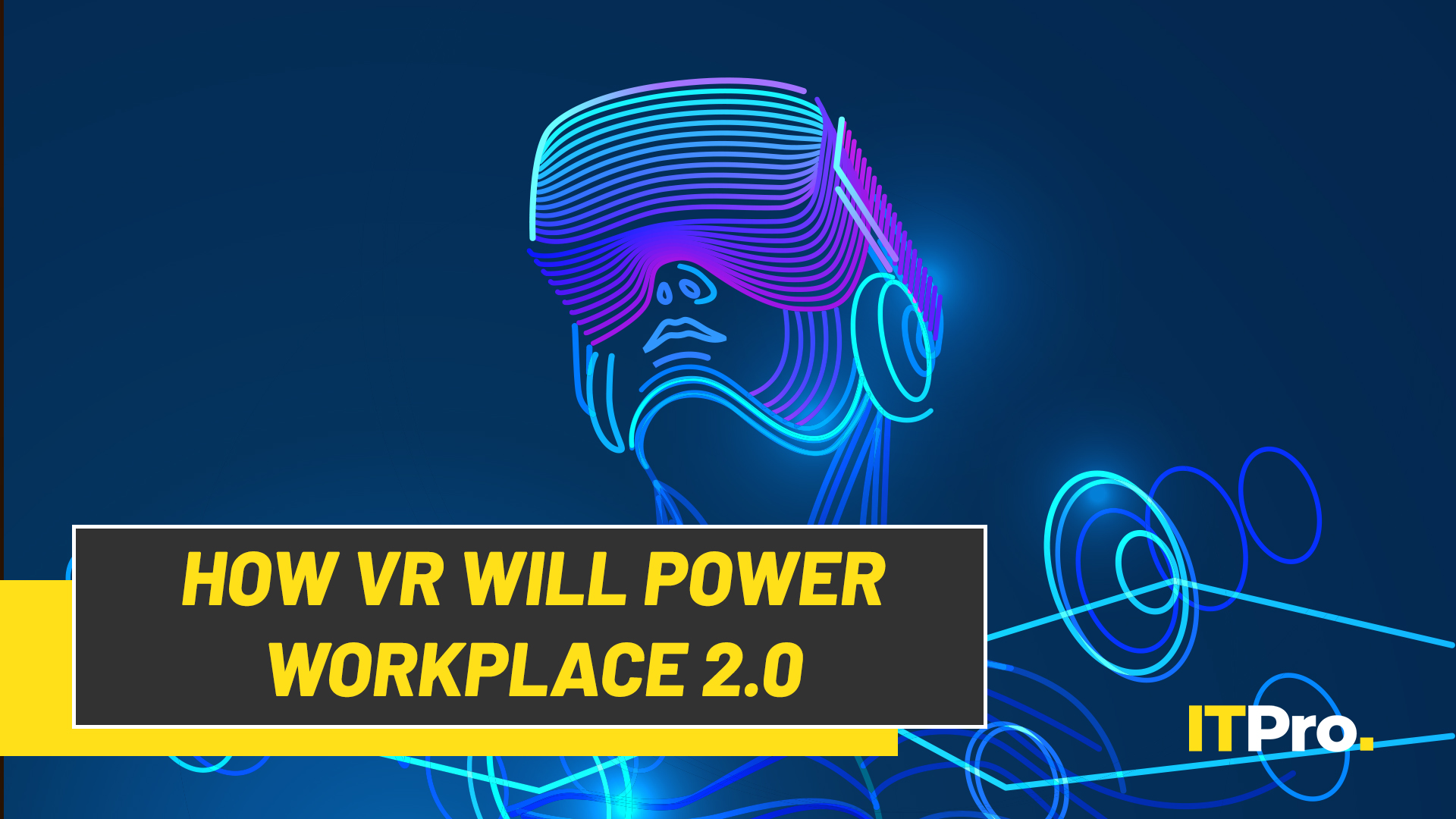 IT Pro Live: How virtual reality will power Workplace 2.0
IT Pro Live: How virtual reality will power Workplace 2.0Video The office of the future might not be a physical office at all
By IT Pro
